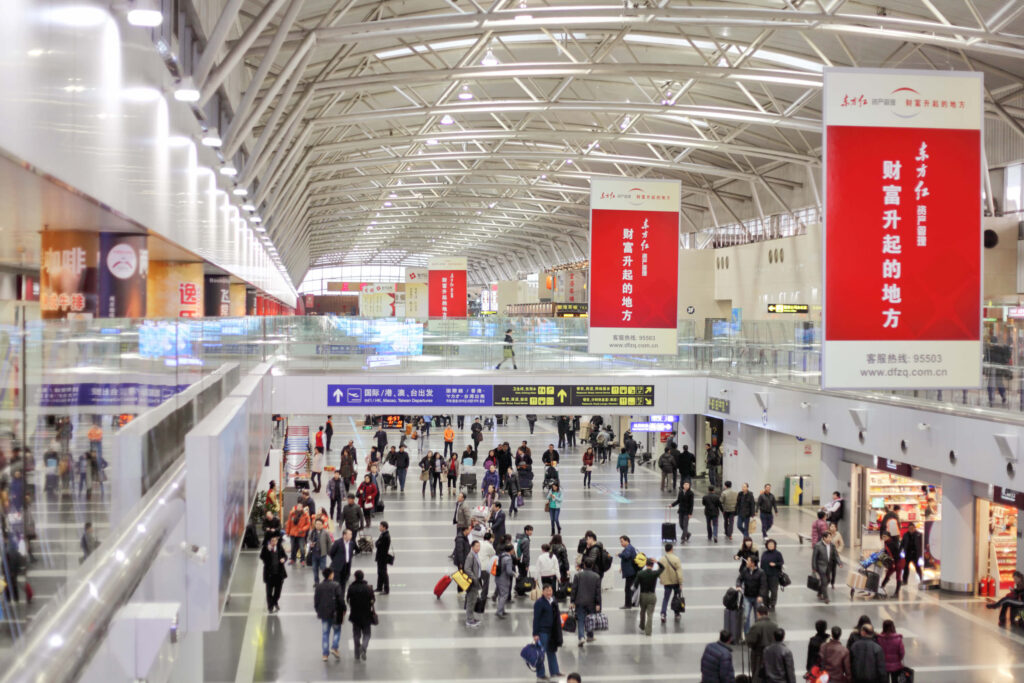Passenger traffic drops significantly as China’s government imposes regulations to prevent travel during the festive period of the Lunar New Year.
The Lunar New Year is usually the busiest travel season in China. An influx of passengers was expected during the travel period from late January to March 2021, thereby the Chinese government took steps, from financial incentives to strict testing requirements, to encourage people to stay at home.
In January 2021, China’s National Health Commission imposed rules that require people returning to rural areas to present a proof of a negative COVID-19 test taken within the previous 7 days, and to spend 14 days in “home observation” upon arrival. During the home quarantine, an additional test every seven days must be taken. This would affect many rural migrant workers making it too impractical and costly for them to travel back to visit their families.
The Civil Aviation Authority of China (CAAC), in an effort to minimize the number of travelers, also announced the flexible refund policy for changes on flight tickets for the holiday period, from January 28 to March 8, 2021.
On January 28, 2021, passenger traffic was 71% lower than the first official travel day in 2020, according to the CAAC. As of February 3, 2021, about 10% of flights have already been canceled and the top ten airports across the country have handled 400,000 passengers, a decrease of 74.3% over the same period in 2019.
The China’s Ministry of Transport estimates that 1.15 billion trips will be made during the 40-day Lunar New Year travel period this year, 61% less than in 2019 and 22% less than last year, the lowest number since the first statistics were published in 2003.
In an attempt to lure passengers, airlines started slashing airfares. For example, for a two-hour flight from Beijing to Hangzhou on February 12, 2021, Hainan Airlines offers tickets for as low as 100 yuan ($15). According to the data from ctrip.com, flight prices went down by an average of 60%.
On February 2, 2021, China’s “Big Three” airlines, – Air China, China Southern Airlines (ZNH) and China Eastern Airlines (CIAH) (CEA) – reported their estimated annual losses collectively reaching a total of $4.6 billion net loss in 2020.

